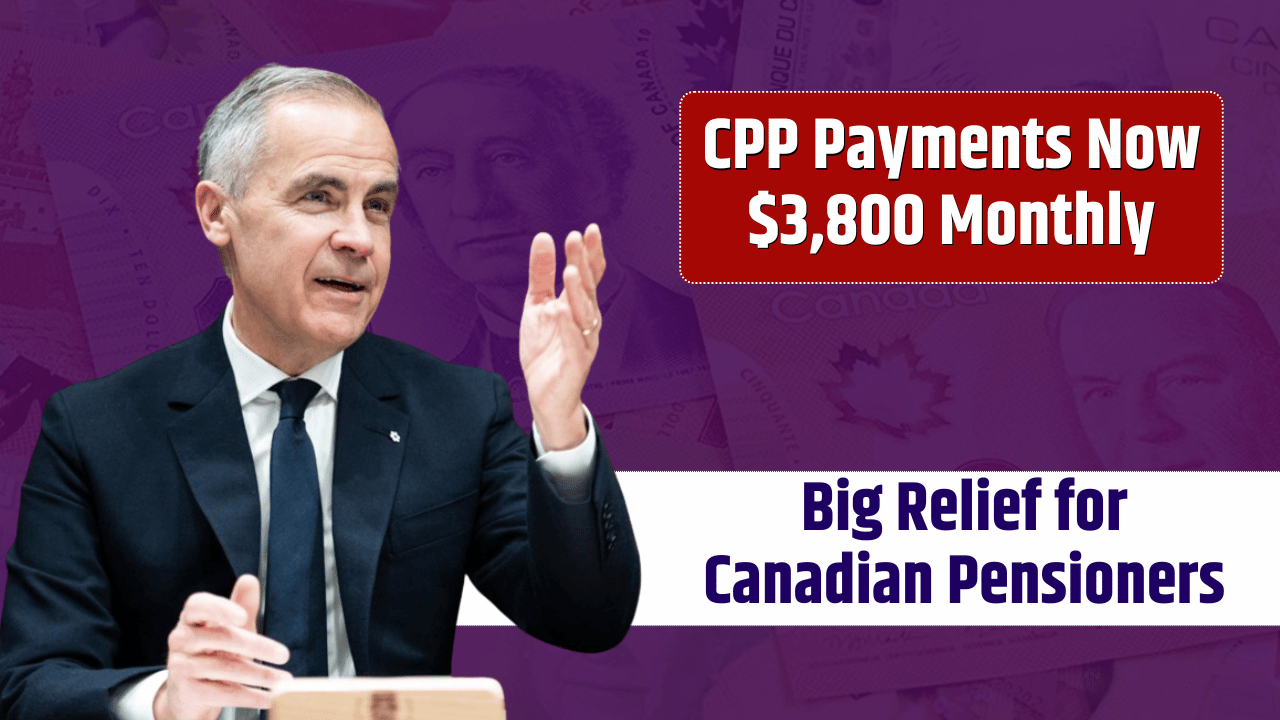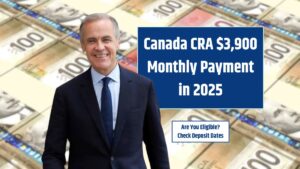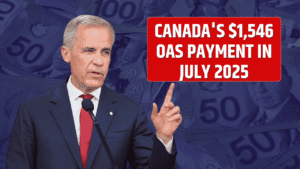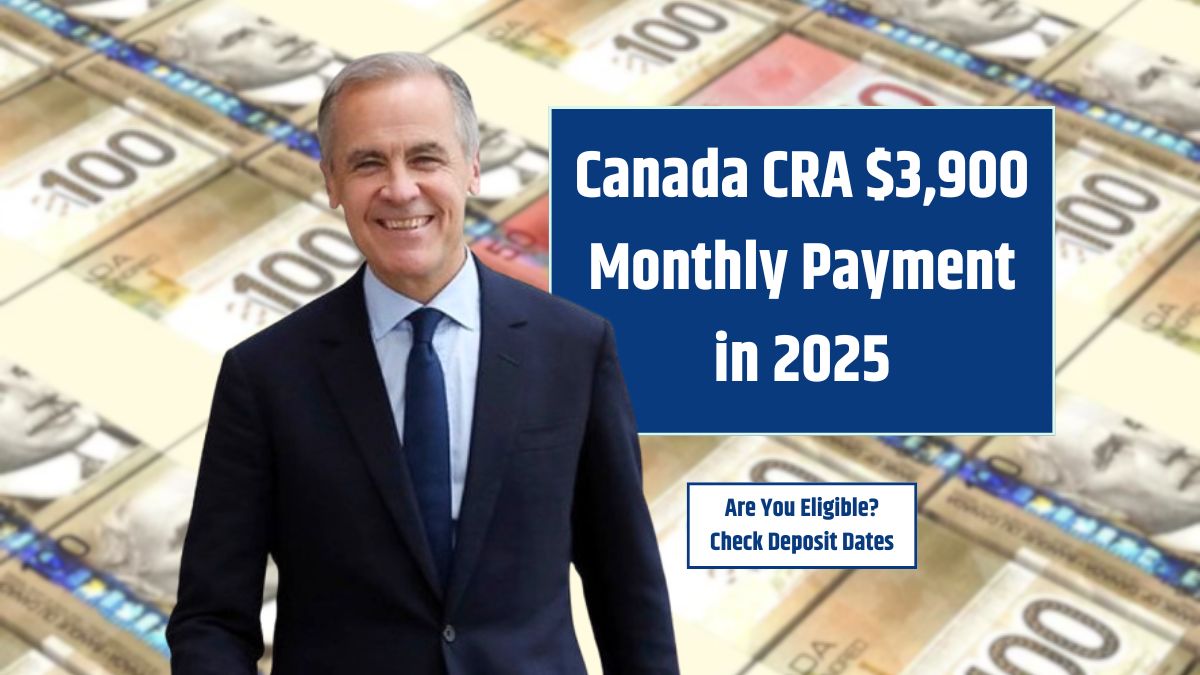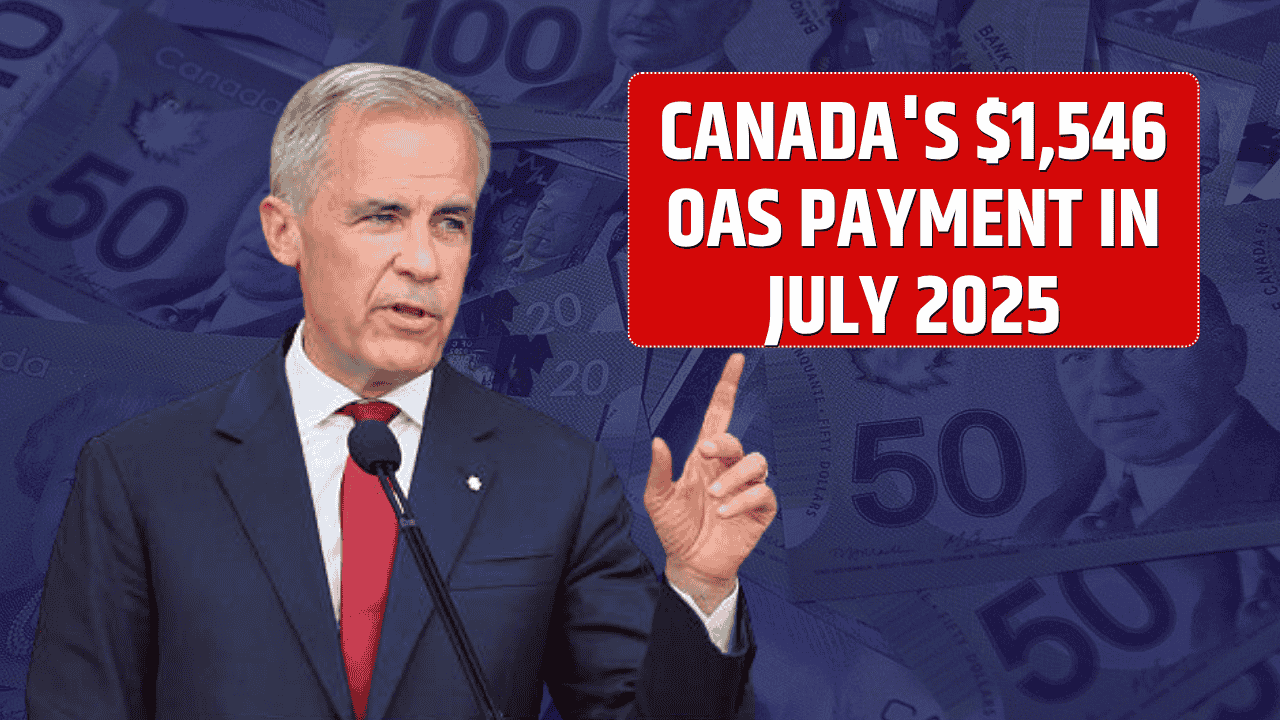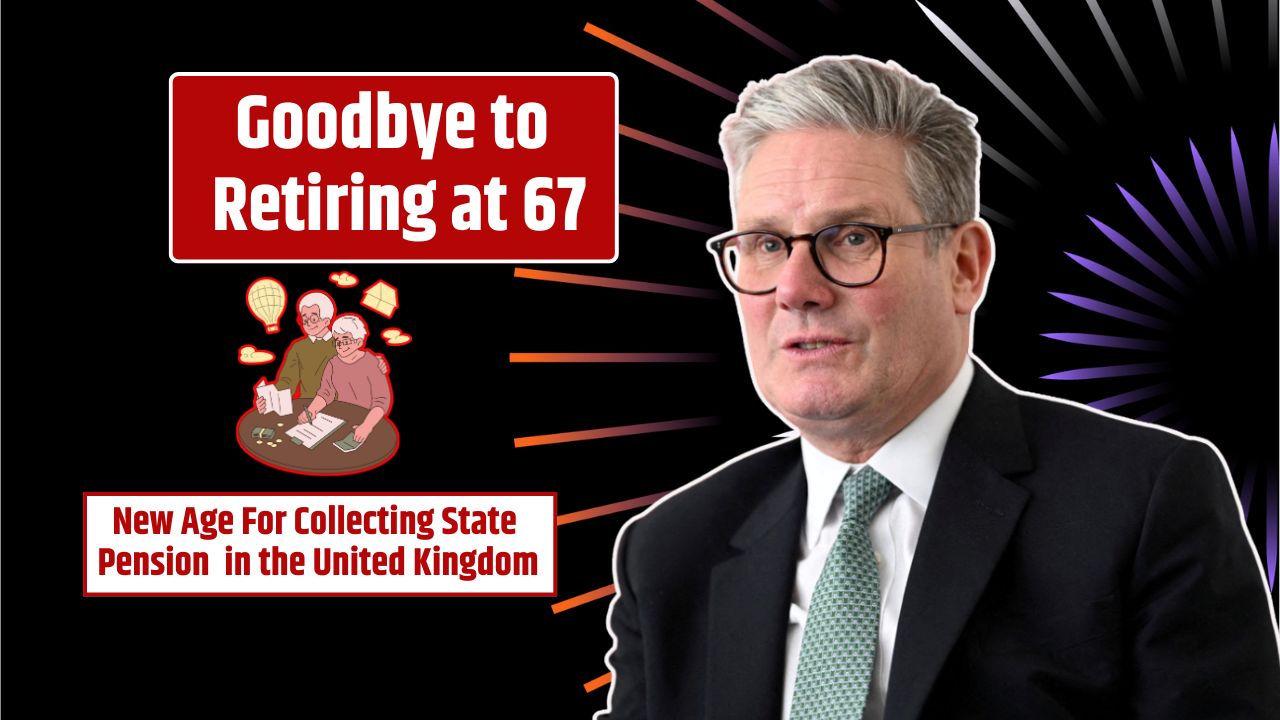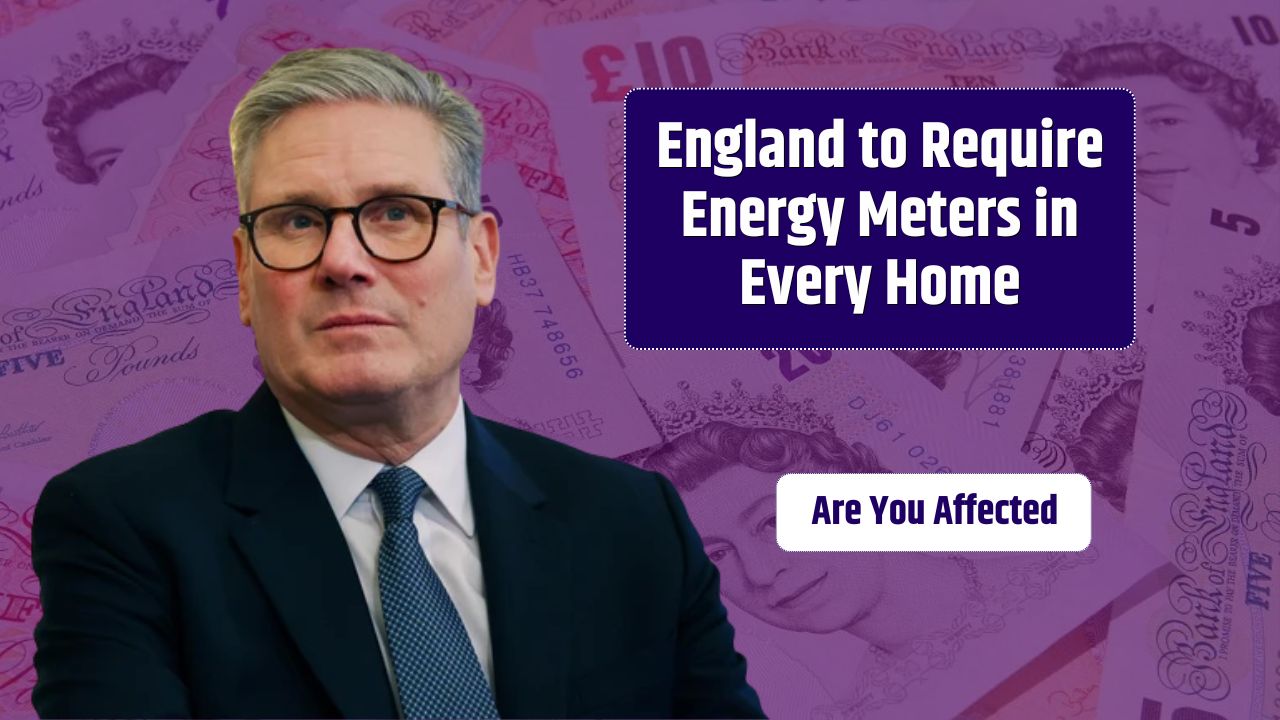Canadian retirees can expect a meaningful income boost in 2025 as Canada Pension Plan (CPP) benefits continue to rise—reaching as much as $3,800 per month for some high earners. While this upper limit reflects a best-case scenario, it highlights the growing power of CPP as a cornerstone of retirement income, thanks to enhancements introduced over the past several years.
Here’s what you need to know about the new CPP maximums, who qualifies, and how you can position yourself to receive more from the program.
Table of Contents
Why CPP Payments Are Increasing in 2025
Since 2019, the federal government has gradually rolled out the CPP Enhancement, a long-term plan to strengthen retirement income for Canadians. By 2025, most of the key phases of this plan will be fully implemented, leading to:
- Higher contribution rates for workers and employers
- Expanded earnings limits, meaning contributions continue on income above traditional thresholds
- Automatic inflation indexing, which adjusts benefits each January
With inflation still running above pre-2020 levels, 2025 includes one of the largest inflation-related adjustments in recent history—helping both new and current retirees maintain purchasing power.
What Is the Maximum CPP in 2025?
The projected maximum monthly CPP payment for someone starting benefits at age 70 in 2025 could reach approximately $3,800/month, or $45,600 annually.
But qualifying for this amount requires meeting strict conditions.
To get the max CPP, you must:
- Have earned at or above the annual maximum pensionable earnings (YMPE) for at least 39 years
- Have made full contributions every year since turning 18
- Delay CPP until age 70, maximizing the 0.7% monthly increase for each month after age 65 (up to 42% total)
Here’s a comparison of projected 2025 monthly CPP payouts by age of retirement:
| Age You Start CPP | Estimated Monthly Amount |
|---|---|
| 60 | ~$1,800 – $2,000 |
| 65 | ~$2,600 – $2,800 |
| 70 | Up to $3,800 |
How Much Do Most Canadians Receive?
While $3,800/month is attention-grabbing, it’s far from typical. As of 2024, the average CPP benefit was $758.32/month. Even with enhancements and inflation adjustments, most Canadians will receive between $800 and $1,200/month in 2025.
Factors that lead to lower benefits include:
- Years spent out of the workforce
- Inconsistent or lower annual earnings
- Starting CPP before age 65
How to Maximize Your CPP Benefits
If you’re still working or planning your retirement timeline, here are three strategies to boost your future CPP:
1. Delay Taking CPP Until Age 70
Each month you delay past 65 increases your benefit by 0.7%, or 8.4% per year. Over five years, that’s a 42% boost.
2. Increase Your Income While Working
The higher your eligible earnings (up to the maximum pensionable earnings limit, which rises annually), the more you contribute—and eventually receive.
3. Build a Strong Contribution Record
CPP benefits are calculated based on your best 39 years of earnings. Filling in low-income or zero-contribution years can significantly raise your final benefit.
CPP in a Changing Economic Climate
With rising prices and economic uncertainty, a more generous CPP provides long-term income security for millions of Canadians. For younger contributors especially, the expanded CPP will deliver more substantial retirement benefits compared to previous generations.
For current retirees, the inflation protection built into CPP ensures payments rise with the cost of living—preserving purchasing power as prices continue to climb.
FAQs:
Will every retiree receive $3,800 per month?
No. That’s the maximum benefit, and only a small number of retirees qualify. Most receive $800–$1,200/month in 2025.
How do I apply for CPP?
You can apply online via My Service Canada Account or submit a paper application.
Can I receive CPP while working?
Yes. If you’re under 70 and working, you can still receive CPP and continue contributing. This earns you Post-Retirement Benefits (PRBs), which are added to your monthly CPP.
Is CPP adjusted for inflation?
Yes. CPP benefits are indexed annually to inflation and automatically increase every January.

